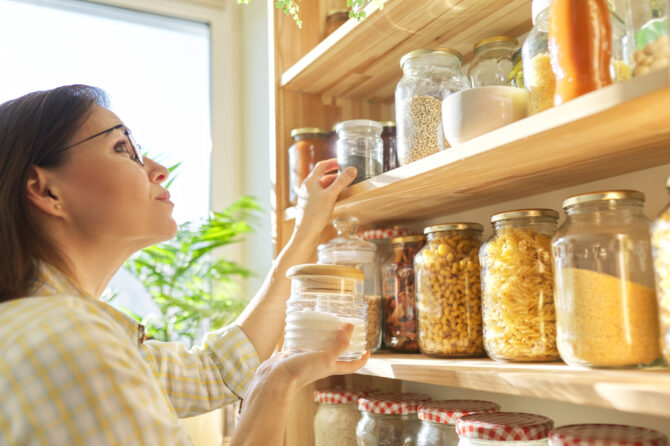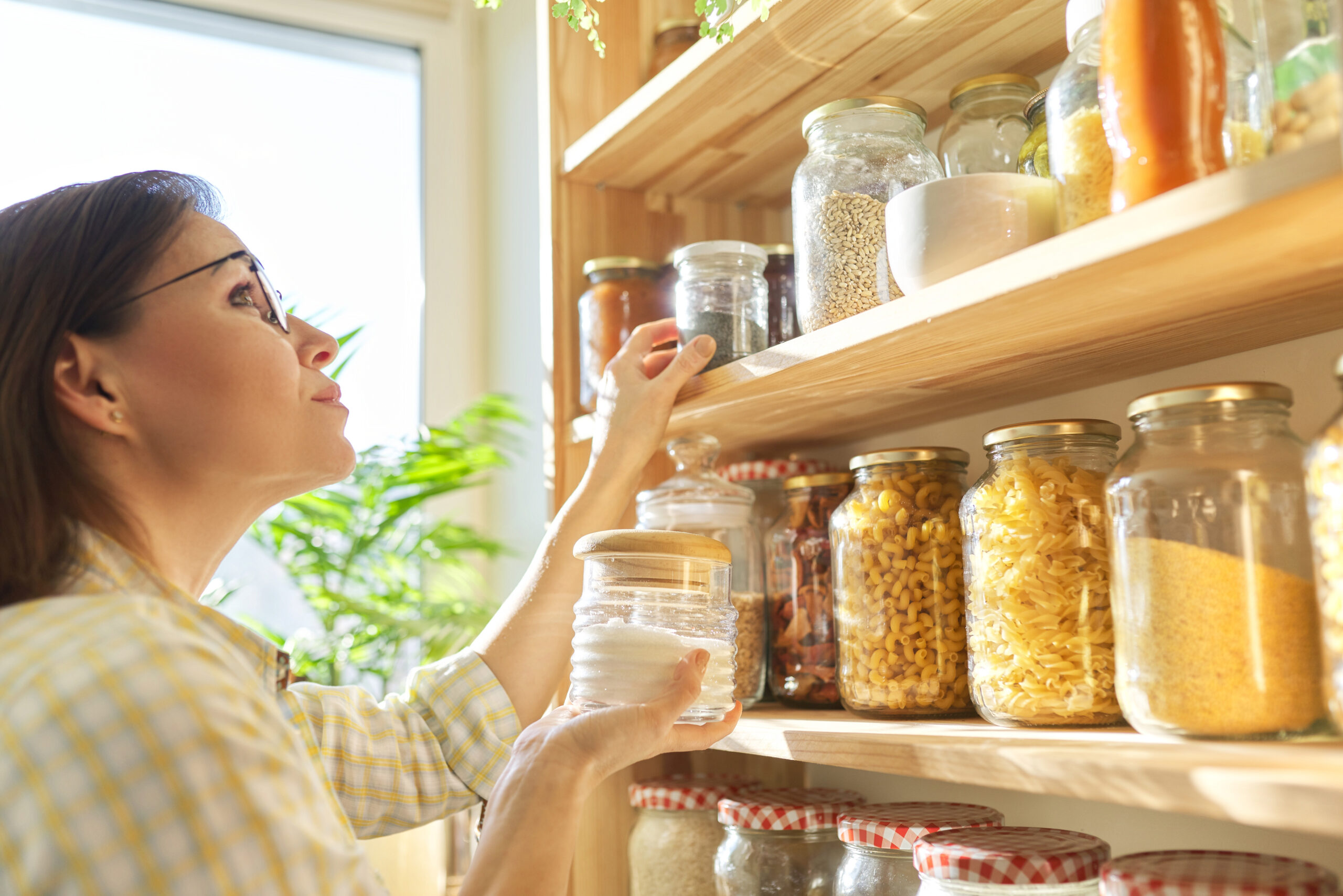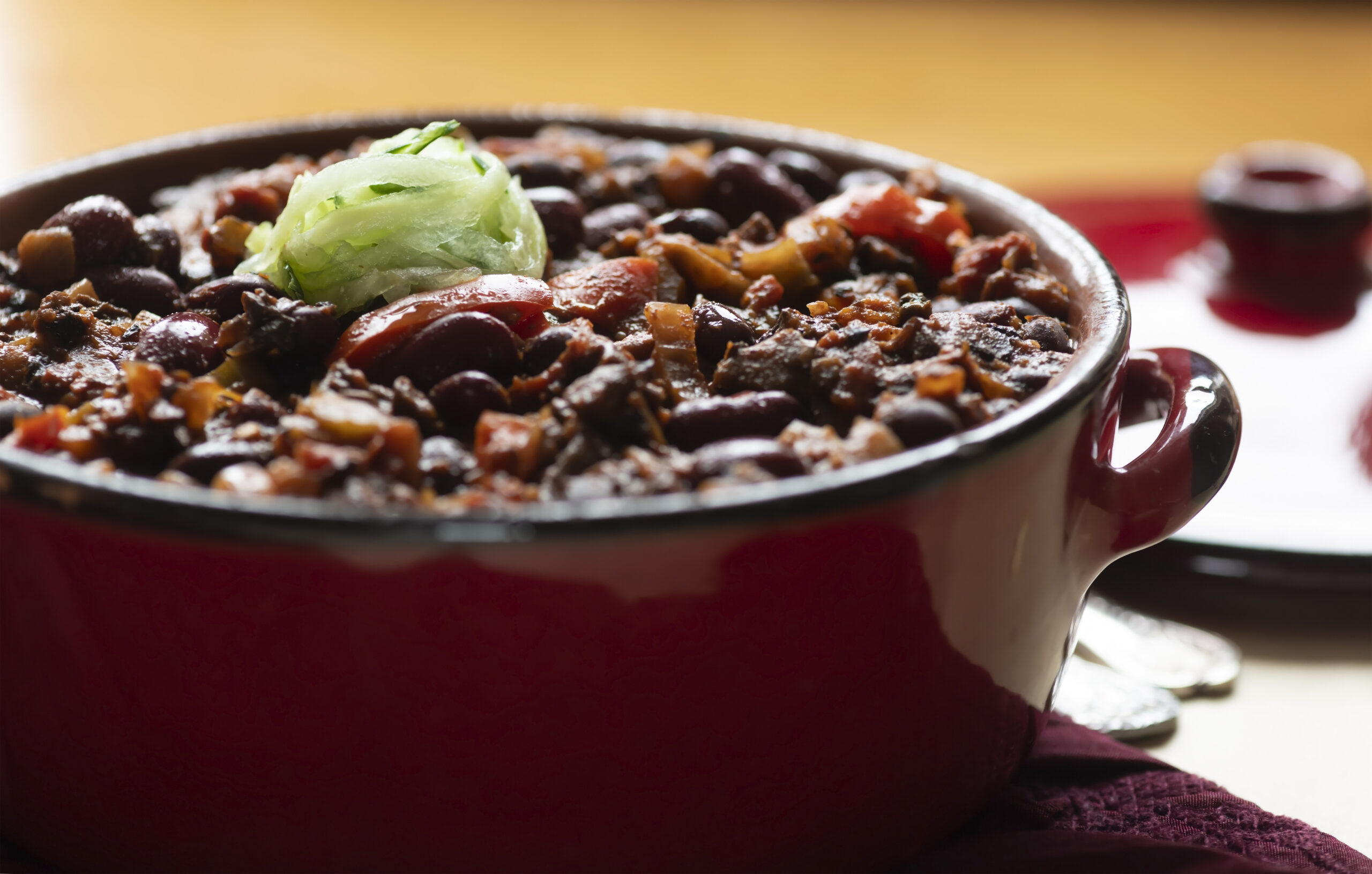
Cooking with Beans: Vegetarian Meal Series #1
I have decided that this year is the “Year of the Bean” in my house.
And no, I’m not talking about those adorable toe beans.
I’m talking about the magical fruit… the more you eat them… well, you know how that goes.
Of course, beans aren’t really fruit — they’re legumes. And whether you eat vegetarian or you’re just looking to cut down your meat consumption like I am, beans are an affordable, versatile, protein-packed pantry staple for your kitchen.
Assuming you know how to cook with them.
Since this is the Year of the Bean, I’ve decided to share some favorite bean recipes with you over the next few months.
But first, here’s why you should eat more beans.
Benefits of Beans

-
Beans Are Protein-Packed!
Beans are packed with protein which reduces your hunger cravings and builds muscle. They are a low-cholesterol, low-saturated fat substitute to calorie-dense animal protein. If you are looking to cut down on the amount of meat you eat — whether for health reasons or environmental reasons — beans are a perfect substitute that leave you feeling satisfied and full.
-
Beans Are Fiber-Rich!
Substituting beans for meat adds beneficial fiber to your diet, helping you maintain a healthy digestive system. The added fiber also helps you control your hunger cravings by making you feel full and satisfied longer. Research has also shown that black beans and navy beans improve your gut health by adding beneficial bacteria and improving intestinal barrier function.
-
Beans Reduce Your Risk of Cancer!
When you substitute beans for red meat, you not only reduce the risk of many cancers and heart disease caused by consuming too much meat, you also further reduce your risks by adding the antioxidants and anti-inflammatory benefits natural to many beans. A 2015 study showed that even simple-to-use canned beans provided these benefits known to reduce your risk for cancer.
-
Beans Help Your Heart!
A 2013 study showed that adding more beans to your diet shows a clear correlation with reducing your risk of coronary heart disease. Nutrients in beans may help reduce your cholesterol and the high-fiber content of beans also helps lower your risk of coronary heart disease. Additionally, when you substitute beans for red meat, you further reduce your risk by eliminating the high-fat contributors to the disease.
Before You Go Bean Crazy…
As we all know, beans can cause gas and intestinal discomfort. Before you add too many beans to your daily diet, you want to prep your digestive system by adding beans slowly into your diet. You don’t want to be at work with a painful (or embarrassing) attack of gas, so start adding beans to your meals when you know you have several hours to test the effects discreetly in the privacy of your own home.
If you plan to use dried beans instead of canned beans, make sure you rinse the beans thoroughly and boil them for at least 10 minutes. Boiling the beans reduces the lectin proteins which can be hazardous. Canned beans are all pre-cooked and can be used straight from the can (rinse and drain first) in salads and other cold dishes.
Bean Recipe #1: Vegetarian Chili

Chili is a hearty dish perfect for winter that you can prepare ahead of time and serve in a multitude of ways. It’s perfect for the football tailgate party and the family movie night. It’s great in a bowl with a couple of slices of crusty bread or served on warm tortillas with cheese and rice. I’ve even mixed in shell pasta for a rich, bean-filled variation of pasta night with my kids.
And the best part about this dish? It’s easy to make in just 4 steps.
Step 1
In a Dutch oven or other large, heavy-bottomed pot, saute 1 chopped red onion, 1 chopped red pepper, 2 chopped carrots, 2 chopped celery ribs, and ¼ teaspoon of salt in olive oil until the onion is translucent, about 7-10 minutes.
Step 2
Add 4 cloves of garlic (pressed or minced), 2 tablespoons of chili powder, 2 teaspoons of cumin, 1 ½ teaspoons of paprika, 1 teaspoon of oregano and stir for 1 minute until fragrant.
Step 3
Add 2 cans (15 oz. each) of diced tomatoes with their juices, 2 cans of black beans, rinsed and drained, 1 can of pinto beans, rinsed and drained, 2 cups of vegetable broth, and 1 bay leaf. Let simmer for 30 minutes or until beans feel tender.
NOTE: Feel free to add additional beans if you want a greater variety, such as chickpeas or kidney beans.
Step 4
To enhance the flavor and enrich the texture, add 1 ½ cups of the chili to a blender and pulse until smooth. Stir the blended contents back into the chili — watch out for the steam!
To serve, simply divide the mixture into bowls and garnish according to your preferences. You might use chopped cilantro, sour cream, cheddar cheese, or jalapeno peppers — whatever you like!
NursePower Empowers Nurses!
NursePower is owned and run by nurses. We are you. We know what you go through and we are committed to helping you live your best life.
Sometimes that will be time-saving, healthy recipes that make you feel good.
Sometimes that will be quick exercises to keep you physically strong and agile.
Sometimes that will be fun, local activities you can go do with family and friends.
Sometimes that will be social-emotional wellness strategies to take care of your soul.
But no matter what we’re sharing with you, know that it comes from nurses just like you working everyday to help their patients.
Leave a reply